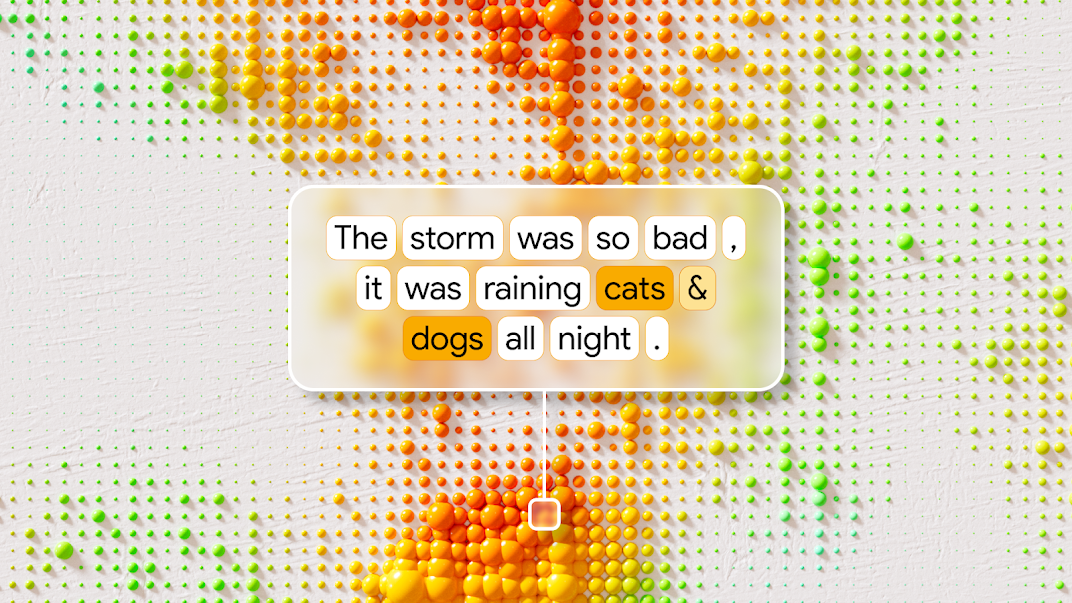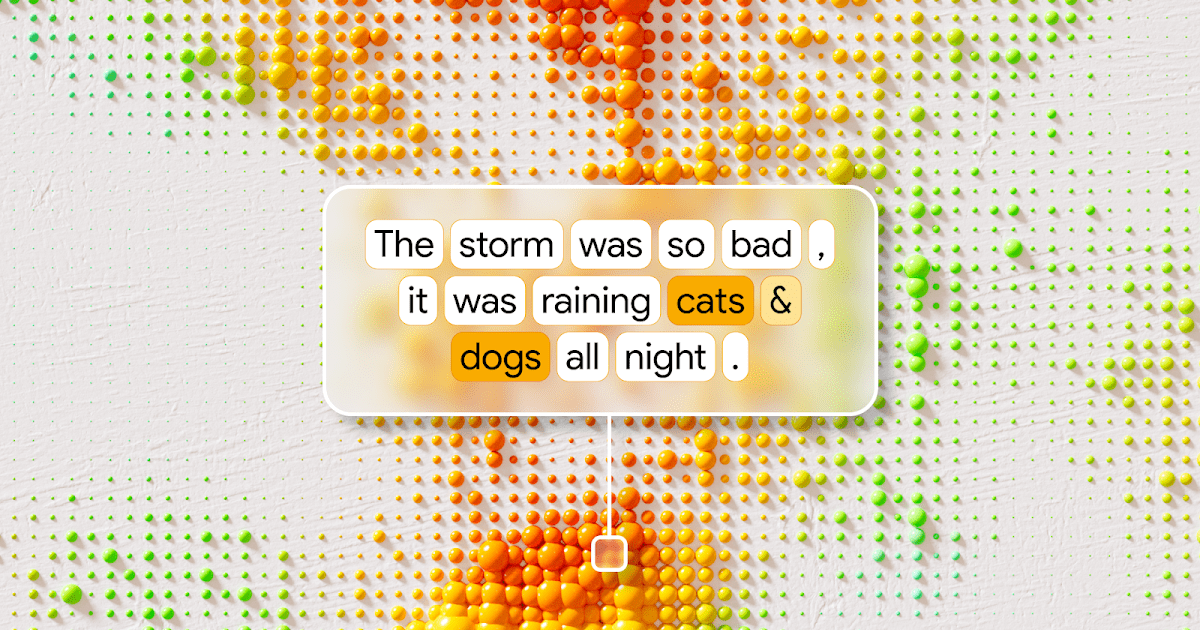Applied sciences

Asserting a complete, open suite of sparse autoencoders for language mannequin interpretability.
To create a synthetic intelligence (AI) language mannequin, researchers construct a system that learns from huge quantities of knowledge with out human steerage. In consequence, the interior workings of language fashions are sometimes a thriller, even to the researchers who practice them. Mechanistic interpretability is a analysis discipline centered on deciphering these interior workings. Researchers on this discipline use sparse autoencoders as a type of ‘microscope’ that lets them see inside a language mannequin, and get a greater sense of the way it works.
Right now, we’re announcing Gemma Scope, a brand new set of instruments to assist researchers perceive the interior workings of Gemma 2, our light-weight household of open fashions. Gemma Scope is a set of tons of of freely accessible, open sparse autoencoders (SAEs) for Gemma 2 9B and Gemma 2 2B. We’re additionally open sourcing Mishax, a software we constructed that enabled a lot of the interpretability work behind Gemma Scope.
We hope at this time’s launch allows extra bold interpretability analysis. Additional analysis has the potential to assist the sphere construct extra strong techniques, develop higher safeguards towards mannequin hallucinations, and defend towards dangers from autonomous AI brokers like deception or manipulation.
Try our interactive Gemma Scope demo, courtesy of Neuronpedia.
Decoding what occurs inside a language mannequin
Once you ask a language mannequin a query, it turns your textual content enter right into a sequence of ‘activations’. These activations map the relationships between the phrases you’ve entered, serving to the mannequin make connections between completely different phrases, which it makes use of to jot down a solution.
Because the mannequin processes textual content enter, activations at completely different layers within the mannequin’s neural community symbolize a number of more and more superior ideas, often known as ‘options’.
For instance, a mannequin’s early layers would possibly study to recall facts like that Michael Jordan plays basketball, whereas later layers might acknowledge extra advanced ideas like the factuality of the text.
A stylised illustration of utilizing a sparse autoencoder to interpret a mannequin’s activations because it remembers the truth that the Metropolis of Gentle is Paris. We see that French-related ideas are current, whereas unrelated ones will not be.
Nonetheless, interpretability researchers face a key downside: the mannequin’s activations are a mix of many alternative options. Within the early days of mechanistic interpretability, researchers hoped that options in a neural community’s activations would line up with particular person neurons, i.e., nodes of knowledge. However sadly, in observe, neurons are lively for a lot of unrelated options. Because of this there isn’t any apparent approach to inform which options are a part of the activation.
That is the place sparse autoencoders are available in.
A given activation will solely be a mix of a small variety of options, regardless that the language mannequin is probably going able to detecting thousands and thousands and even billions of them – i.e., the mannequin makes use of options sparsely. For instance, a language mannequin will contemplate relativity when responding to an inquiry about Einstein and contemplate eggs when writing about omelettes, however in all probability received’t contemplate relativity when writing about omelettes.
Sparse autoencoders leverage this reality to find a set of attainable options, and break down every activation right into a small variety of them. Researchers hope that one of the best ways for the sparse autoencoder to perform this activity is to search out the precise underlying options that the language mannequin makes use of.
Importantly, at no level on this course of will we – the researchers – inform the sparse autoencoder which options to search for. In consequence, we’re capable of uncover wealthy buildings that we didn’t predict. Nonetheless, as a result of we don’t instantly know the which means of the found options, we search for meaningful patterns in examples of textual content the place the sparse autoencoder says the characteristic ‘fires’.
Right here’s an instance during which the tokens the place the characteristic fires are highlighted in gradients of blue based on their power:
Instance activations for a characteristic discovered by our sparse autoencoders. Every bubble is a token (phrase or phrase fragment), and the variable blue colour illustrates how strongly the characteristic is current. On this case, the characteristic is seemingly associated to idioms.
What makes Gemma Scope distinctive
Prior analysis with sparse autoencoders has primarily centered on investigating the interior workings of tiny models or a single layer in larger models. However extra bold interpretability analysis entails decoding layered, advanced algorithms in bigger fashions.
We educated sparse autoencoders at each layer and sublayer output of Gemma 2 2B and 9B to construct Gemma Scope, producing greater than 400 sparse autoencoders with greater than 30 million discovered options in whole (although many options seemingly overlap). This software will allow researchers to review how options evolve all through the mannequin and work together and compose to make extra advanced options.
Gemma Scope can also be educated with our new, state-of-the-art JumpReLU SAE architecture. The unique sparse autoencoder structure struggled to steadiness the dual objectives of detecting which options are current, and estimating their power. The JumpReLU structure makes it simpler to strike this steadiness appropriately, considerably lowering error.
Coaching so many sparse autoencoders was a big engineering problem, requiring a whole lot of computing energy. We used about 15% of the coaching compute of Gemma 2 9B (excluding compute for producing distillation labels), saved about 20 Pebibytes (PiB) of activations to disk (about as a lot as a million copies of English Wikipedia), and produced tons of of billions of sparse autoencoder parameters in whole.
Pushing the sphere ahead
In releasing Gemma Scope, we hope to make Gemma 2 the perfect mannequin household for open mechanistic interpretability analysis and to speed up the group’s work on this discipline.
To this point, the interpretability group has made nice progress in understanding small fashions with sparse autoencoders and creating related strategies, like causal interventions, automatic circuit analysis, feature interpretation, and evaluating sparse autoencoders. With Gemma Scope, we hope to see the group scale these strategies to fashionable fashions, analyze extra advanced capabilities like chain-of-thought, and discover real-world purposes of interpretability comparable to tackling issues like hallucinations and jailbreaks that solely come up with bigger fashions.
Source link
#Gemma #Scope #serving to #security #group #shed #gentle #workings #language #fashions
Unlock the potential of cutting-edge AI options with our complete choices. As a number one supplier within the AI panorama, we harness the facility of synthetic intelligence to revolutionize industries. From machine studying and information analytics to pure language processing and laptop imaginative and prescient, our AI options are designed to boost effectivity and drive innovation. Discover the limitless potentialities of AI-driven insights and automation that propel your online business ahead. With a dedication to staying on the forefront of the quickly evolving AI market, we ship tailor-made options that meet your particular wants. Be a part of us on the forefront of technological development, and let AI redefine the best way you use and reach a aggressive panorama. Embrace the longer term with AI excellence, the place potentialities are limitless, and competitors is surpassed.










